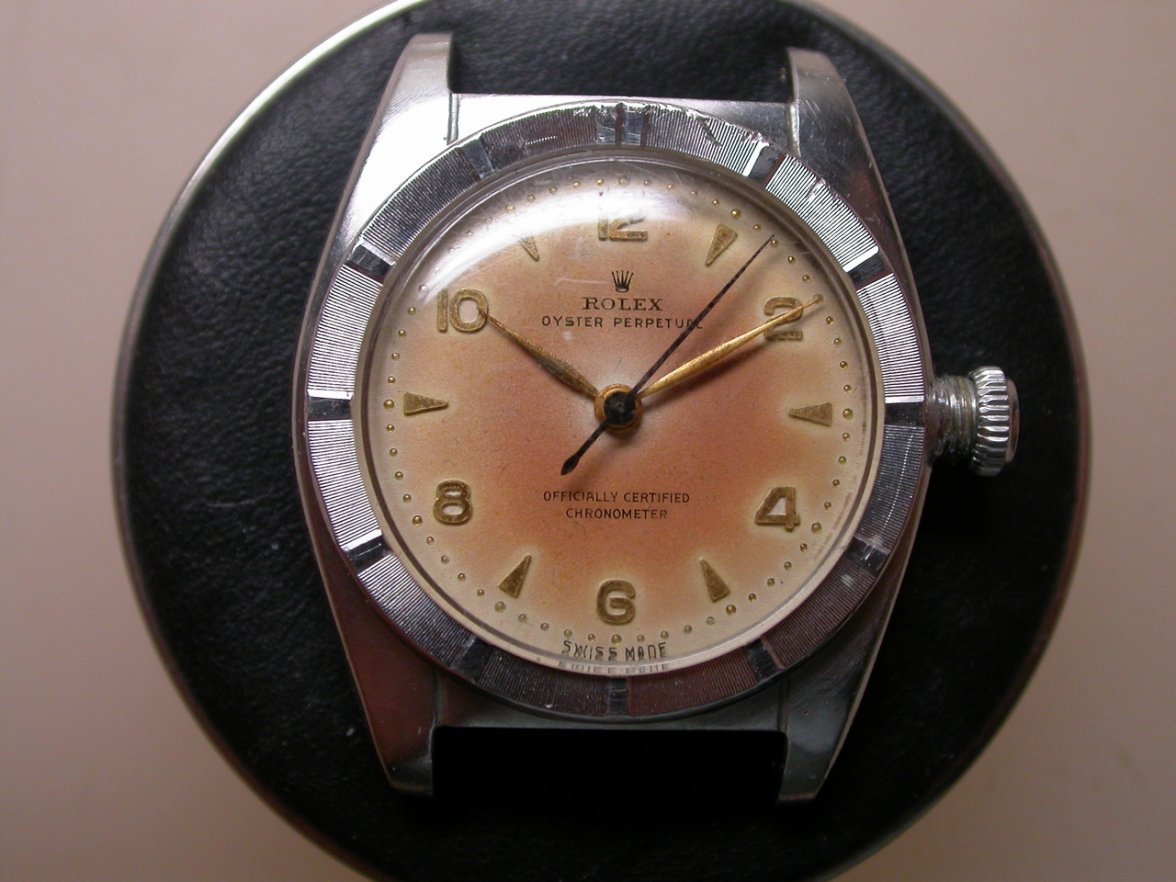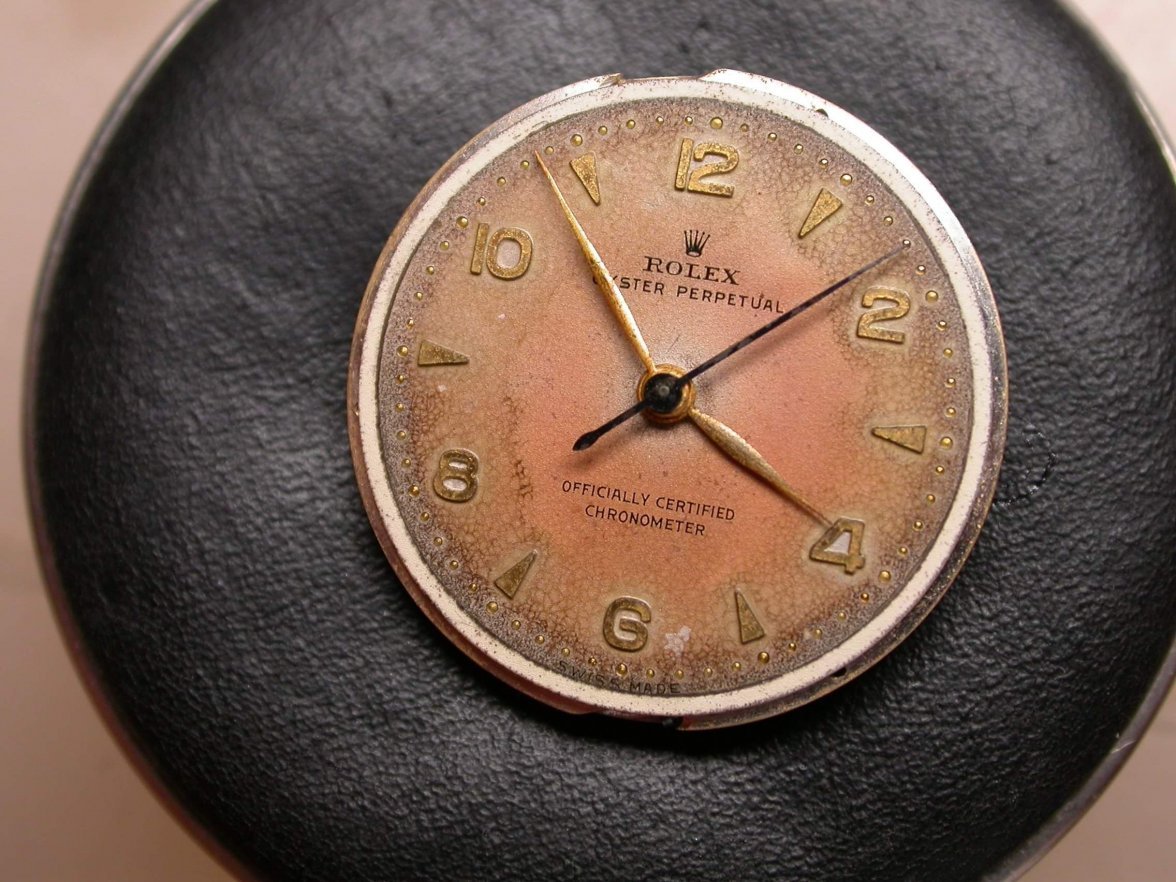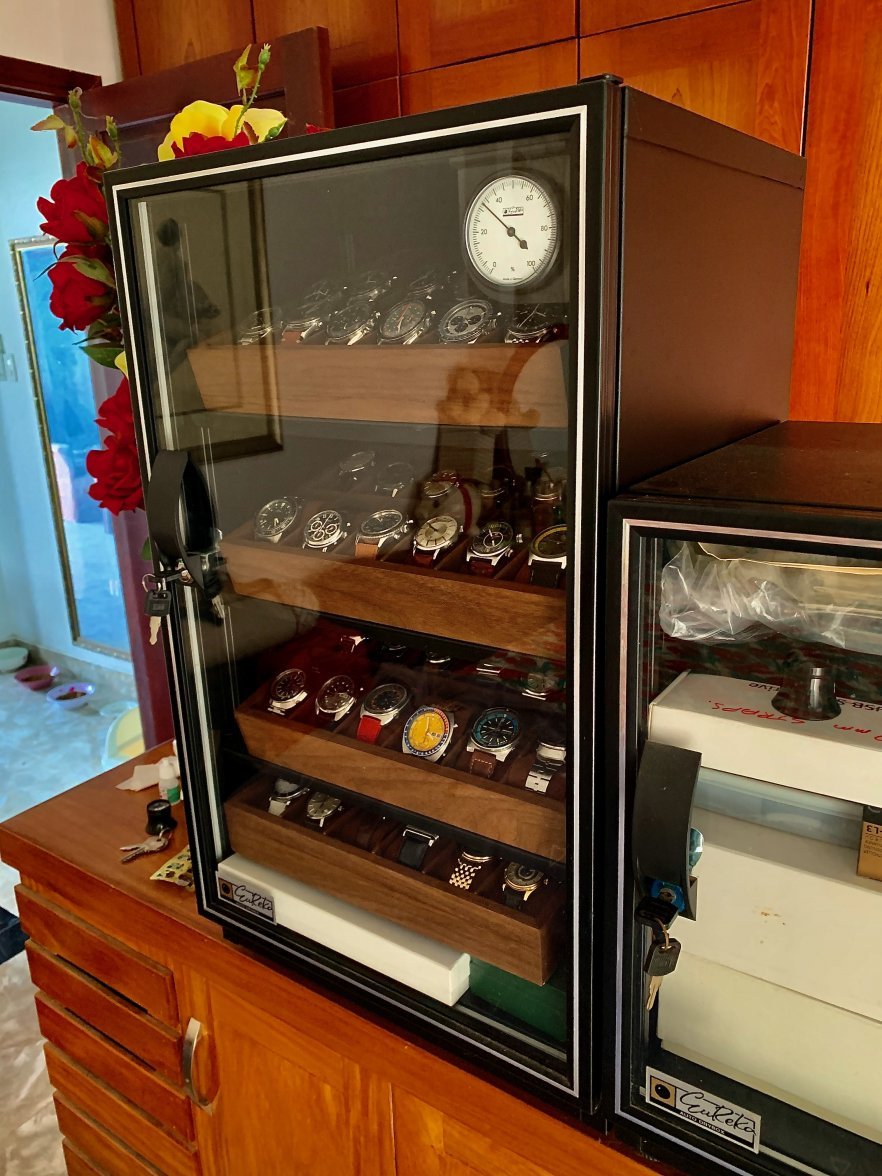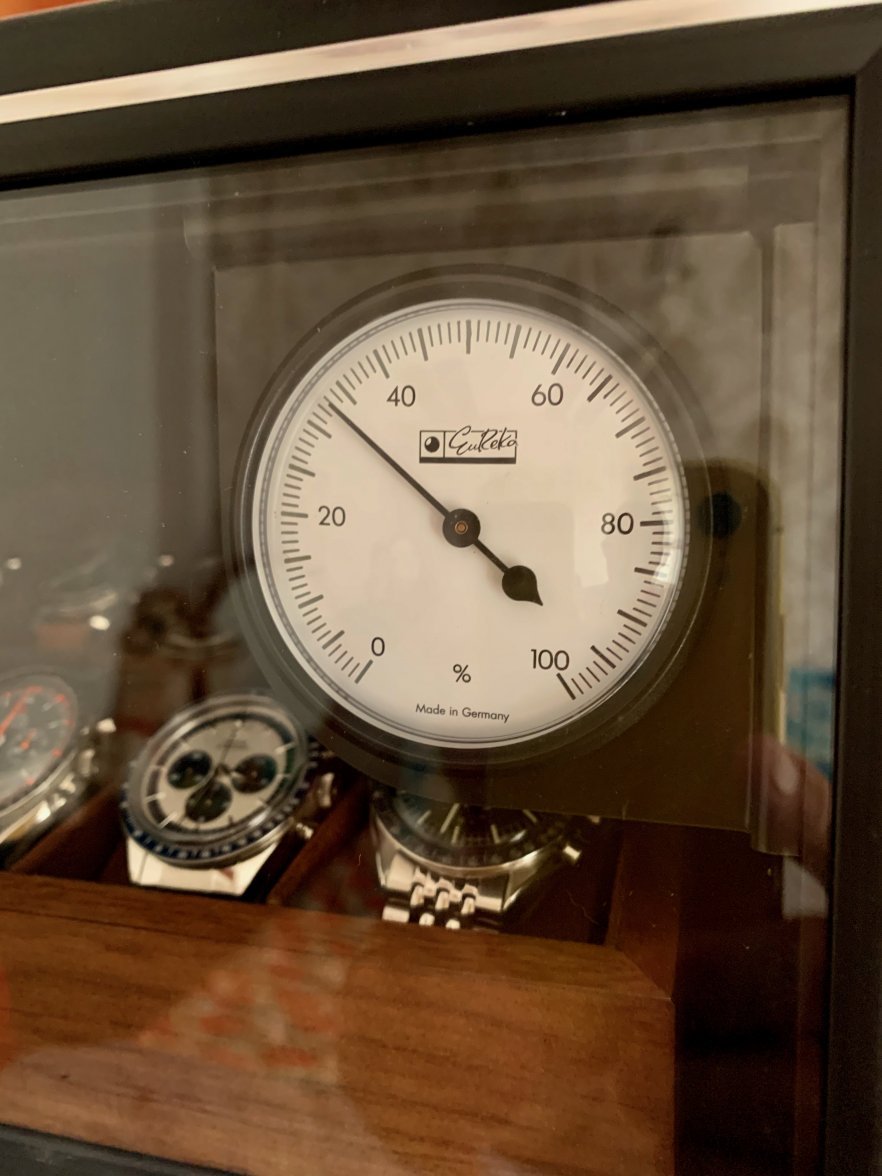Xeer
·even in the seller pics you can see the black paint degrading is already happening around the small second sub dial edge, and the outer edge of the whole dial. Looks like the process has just continued, or accelerated, for whatever reason, not sure why
if I am understanding correctly you are 2.5 years into ownership, so this didn't happen overnight
Indeed. Seller also claimed there was no way a dial could age that way in such a short time.



